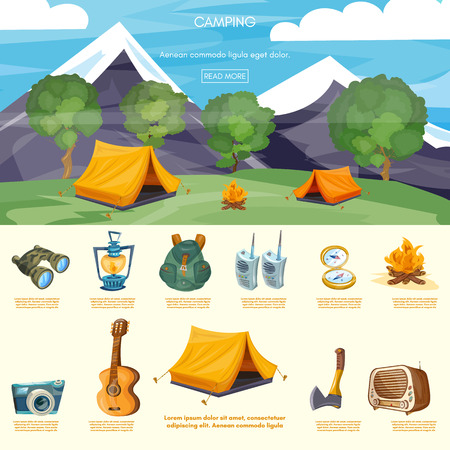Hard Driving Bargains Internet Based Sales Of Your Camping Tents
Hard Driving Bargains Internet Based Sales Of Your Camping Tents
Blog Article
Taking Pictures of the Night Sky
Recording incredible photographs of the evening skies requires mindful preparation. Inspecting the weather report for clear skies is vital, as is recognizing what time the moon increases and sets.
What's the difference between a yurt and a teepee?
Beginning by readjusting your electronic camera to manual shooting mode. Take several test shots with various ISO, aperture and shutter speed setups to see what works best.
Camera
A basic DSLR electronic camera with a large lens works well for night-sky images, but any video camera with a huge sensing unit and a hand-operated emphasis setup must function. The integral part is that the electronic camera can be readied to fire in RAW style, which allows for maximum versatility when editing and enhancing.
Depending upon the desired result, you may intend to take several exposures and afterwards combine them in post-processing. This can be beneficial if you're shooting both a foreground object (like a lake, tree, vehicle or a building) and the evening skies and require to reveal each at various settings.
You can additionally experiment with long-exposure shots that show star trails. This can be attained by focusing your structure on the North Celebrity and utilizing a shutter speed lasting for several minutes. This produces fantastic arcs and vortex-like circles of light around your subject. It can be time consuming, but the outcomes are magnificent!
Lens
Among the most essential factors in night skies digital photography is selecting the right lens. A high resolution, broad angle lens will certainly help you catch as many stars and the moon in your picture as possible.
You will certainly also require a tripod to avoid camera shake throughout lengthy exposures. It is also recommended to shoot in RAW setting, which will certainly offer you a lot more latitude in post-processing.
An additional aspect is timing. It is best to prepare for when the Milky Way will climb or establish depending upon your location. There are numerous applications and sites to help with this including PhotoPills.
Ultimately, it is great to have an interesting foreground in your picture to add deepness and comparison. Using intriguing rock formations, structures and even people can include a feeling of scale to your image and make it a lot more impactful. Your composition needs to likewise follow standard photographic concepts, such as the guideline of thirds and finding top lines.
Shutter Speed
The shutter is the part of your cam that sits in front of the picture sensing unit and opens up and near record an exposure. Its rate influences just how much light your picture gets-- the faster it is, the less light gets in.
A slower shutter speed allows extra light in, yet additionally obscures any type of motion that occurs during the exposure, which is useful for recording celebrity tracks and other impacts such as a long direct exposure to develop an attractive evening skies.
With the best devices, it's possible to produce photos that are nearly as intense as daytime and still have the ability to catch brilliant information of the Milky Way and stars. For maximum clarity, attempt to obtain as far from towns and cities as feasible and inspect sites such as this one for cloud maps and dark skies.
ISO
Selecting an ISO setting is an essential action in evening sky digital photography. The greater the ISO value, the more delicate your cam will be to light and the brighter your picture glamoing tents will certainly be. Nevertheless, if you go too high, the noise in your photo will certainly be as well popular.
A great starting factor is to set your camera to a reduced ISO of 800, then take an examination shot. If this picture is also dark, boost the ISO one stop at once until you have an appropriate picture.
Foreground shots in evening sky photos need much longer direct exposure times than the stars, so you'll intend to utilize a tripod. To even more stabilize your cam, make use of the remote shutter release to stay clear of any type of shaking triggered by pressing the switch yourself. Additionally, keep in mind to maintain your lens in Handbook Emphasis setting. This will aid you to maintain the same focal size throughout your shoot. The Rule of Thirds is a necessary policy for making up night skies pictures, aiding to equilibrium and unify your photos.
What is the best tent for rain?
